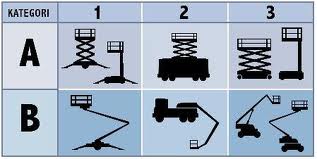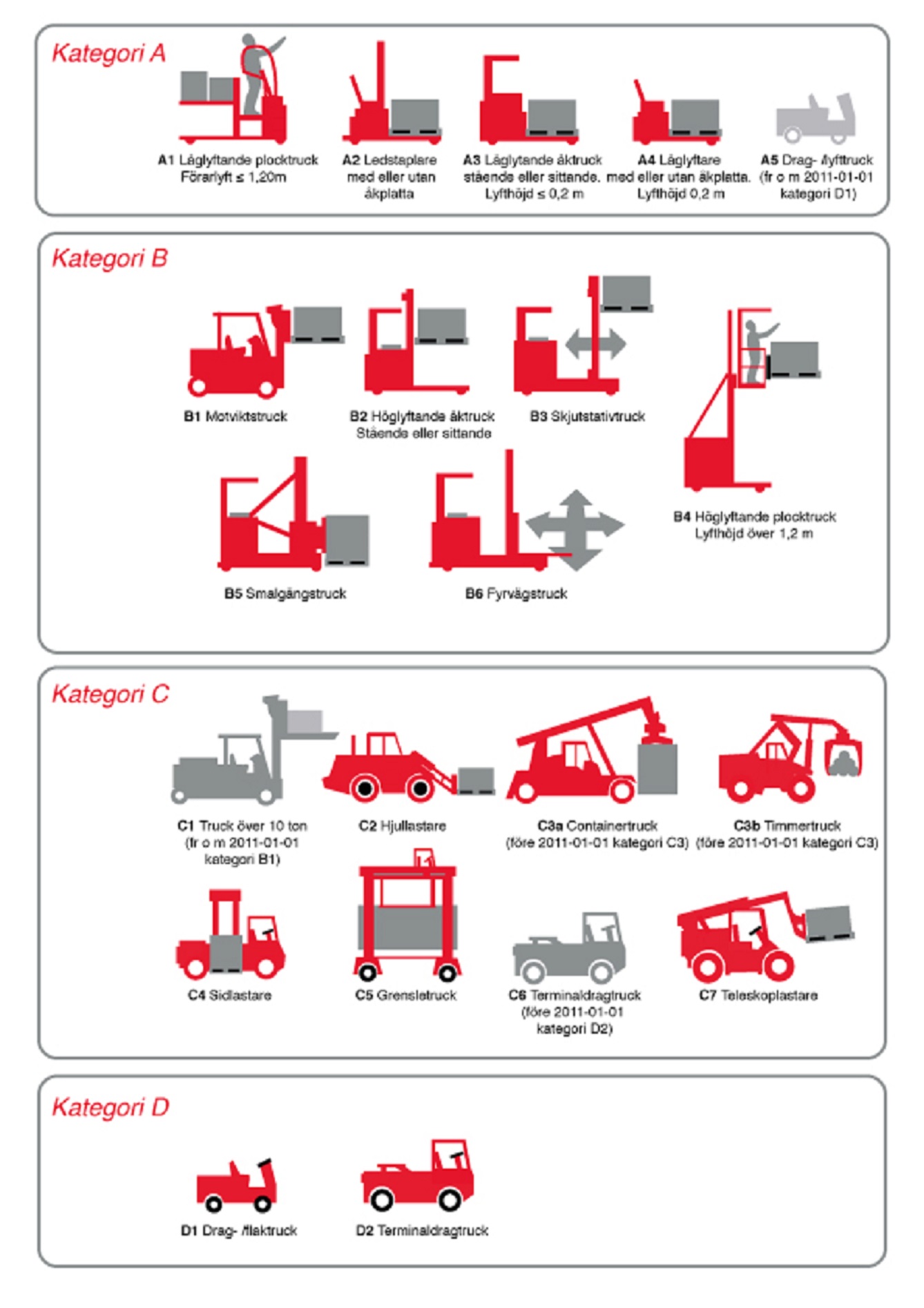Introduction to reservoir engineering and production methods
Introduction to reservoir engineering, the origin of oil and how it moved to reservoir rock, types of traps, and types of drive mechanisms to produce oil and gas from the reservoir. Reservoir characteristics, reservoir fluids laws, and methods of production.
Description
This course covers mainly reservoir characteristics and productions methods: Introduction and definition of a well, well life cycle, the origin of oil and reservoirs Reservoir characteristics including porosity and permeability, Hydrocarbons, and classification Bubble point pressure, Secondary oil recovery Reservoir drive mechanisms Crude oil specifications including density, specific gravity, and API Formation pressure and classification: normal pressure, abnormal pressure, and subnormal pressure Reservoir calculations and laws, Productivity index, Initial oil in place, Boyle’s law Production stage, Classification of wells as per production method, Gas lift system Benchmark (crude oil) or oil types, Reservoir monitoring plan Well intervention: wireline and coiled tubing, Wireline operations, and CT activities Well kill methods, Well logging: open hole and cased hole logs Working in an H2S environment, Skin factor and formation damage Barrier theory: definition and barrier types, Hydrostatic and mechanical barriers specifications and properties, Classification of barriers: primary and secondary, examples. Oil production phases: primary, secondary and tertiary, EOR and CO2 injection





